blind
Latest
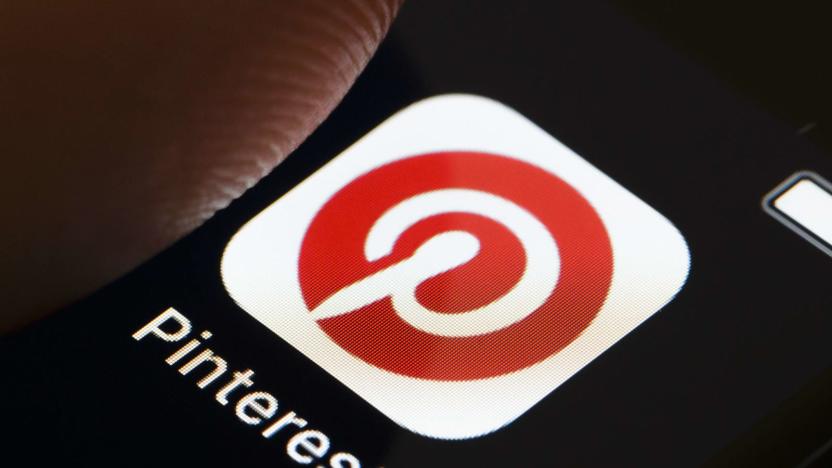
Pinterest made its app more accessible to the visually impaired
Pinterest announced some design changes this week aimed at making its app and website more accessible for the blind and visually impaired. The company partnered with Lighthouse for the Blind and Visually Impaired and collected feedback from individuals with various levels of vision impairment to better understand Pinterest's limitations and what could be improved. Pinterest employees also tried to experience the issues firsthand by wearing visual-impairment goggles or attempting to navigate the app with only a keyboard, Co.Design reports. "We tried to help [ourselves] understand all the different disabilities people might have when they use Pinterest," Long Cheng, the company's lead designer, told Co.Design.
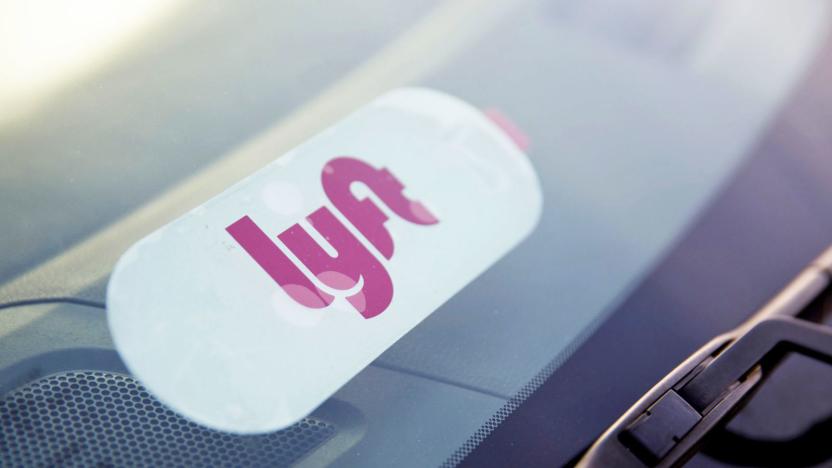
Lyft is making it easier for the visually impaired to take a ride
Lyft is working with assistive community Aira to make catching a ride easier for the visually impaired. That means wearable smart glasses and an augmented reality implement for their driver's dashboard that will deliver "essential ride information," according to a press release. A Medium post from Aira explains things a bit further. "Upon request, Aira agents can now initiate information about the ride, including the location of designated pick-up spots, estimated time of pick-up and the estimated fare," Aira's Brittany Carambio writes. Further information includes the driver's name, vehicle information and walking directions for the last 50 feet to their destination, among other things. This piggybacks onto the work Lyft has done with the National Association for the Deaf, which uses visual cues to alert drivers of new rides, rather than an audible notification. Other details like how these glasses will be distributed, or at what cost, weren't available as of press time.

Microsoft's Seeing AI app for the blind now reads handwriting
Artificial intelligence took center stage at Microsoft's AI Summit in San Francisco on Wednesday. Aside from announcing AI smarts for a range of software -- from Bing to Office 365 -- the tech titan is also ramping up its Seeing AI app for iOS, which uses computer vision to audibly help blind and visually impaired people to see the world around them. According to Microsoft, it's nabbed 100,000 downloads since its launch in the US earlier this year, which convinced the tech titan to bring it to 35 countries in total, including the EU.
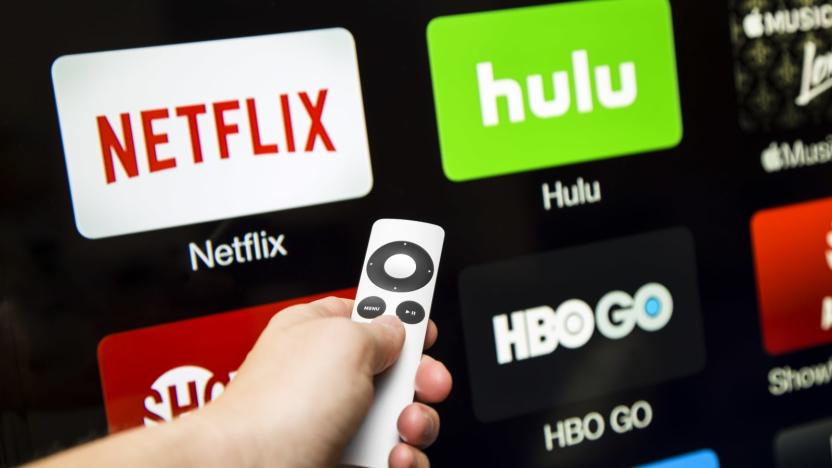
Hulu lawsuit centers on lack of audio options for blind users
While captions help deaf and limited hearing viewers enjoy video content, a separate audio track describing actions helps blind watchers understand what's going on. But not all content platforms have the latter feature. A group of blind and visually-impaired clients has sued Hulu for failing to both provide audio-description support for any streaming video in its catalogue and for making its menus incompatible with screen readers.

Flat microscope for the brain could help restore lost eyesight
You'd probably prefer that doctors restore lost sight or hearing by directly repairing your eyes and ears, but Rice University is one step closer to the next best thing: transmitting info directly to your brain. It's developing a flat microscope (the creatively titled FlatScope) that sits on your brain to both monitor and trigger neurons modified to be fluorescent when active. It should not only capture much more detail than existing brain probes (the team is hoping to see "a million" neurons), but reach levels deep enough that it should shed light on how the mind processes sensory input. And that, in turn, opens the door to controlling sensory input.
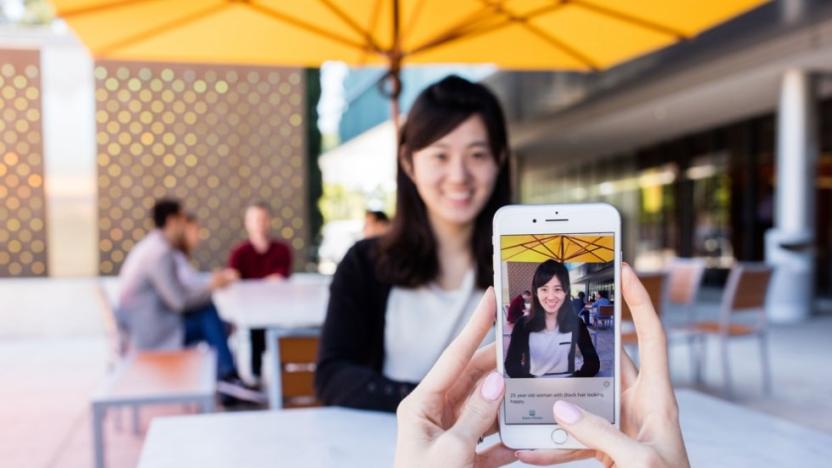
Microsoft app helps blind people ‘see’ the world with AI
Microsoft has launched an iPhone app designed to help blind and partially-sighted people better navigate the world. The app, Seeing AI, uses 'computer vision' to narrate the user's surroundings, read text, describe scenes and even identify friends' facial cues. The project has been in the works since September 2016; in March this year, Microsoft demonstrated a prototype of the app for the first time. It uses neural networks, similar to the technology found in self-driving cars, to identify its environment and speak its observations out loud.

ICYMI: Hyper directional sound guides runners
Today on In Case You Missed It: Malaysian sportswear company Ash Be Nimble has expanded their product line to include the Handbag Dyetonator, a fob-style accessory that will expel ink and smoke onto anyone who walks (or runs, or scoots) away with your bag. The Dyetonator attaches to a purse similar to a keychain and can be deployed via SMS message (so hopefully your phone wasn't in that bag...) to mark a thief for easy identification. It also contains a GPS tracker, should the culprit succeed in getting away with your pocketbook. It's still in early testing phases, and certainly isn't foolproof, but the idea of a dye pack exploding on a thief is a satisfying thought, so hopefully this will eventually make it to market.

Touchable BlindPad puts visual information at your fingertips
This touchscreen tablet operates differently than your usual iPad, with 192 magnetic buttons across its 12 x 15cm surface. They can move up and down almost instantaneously to create patterns representing the layout of a room or other visual data and hold their position thanks to two steel plates inside the tablet or vibrate. That enables visually impaired users to "read" it with their fingers. Researchers at the École polytechnique fédérale de Lausanne (EPFL) say it's intended as a complement to a Braille display, or white canes with audio GPS embedded for navigation.

A haptic wristband could help the blind 'see' the world
Technology to help the blind navigate usually focuses on replacing the sight they're missing or by adding auditory cues to an already cluttered soundscape. But for many sight-impaired individuals, the sense they rely on most is one that tends to be ignored by a lot of tech-based solutions: touch. It's a subtle way to convey a lot of information, and the design company WearWorks is looking to take advantage of this with its new haptic wristband, guiding people around via simple vibrational cues.

Aira uses smart glasses to help blind people navigate the world
Aira is designed to make life a little easier for blind and visually impaired people. Using a pair of smart glasses or a phone camera, the system allows an Aira agent to see what the blind person sees in real-time, and then talk them through whatever situation they're in. Aira promises to make everything from grocery shopping, calling an Uber or world travel more accessible for blind people across the globe.
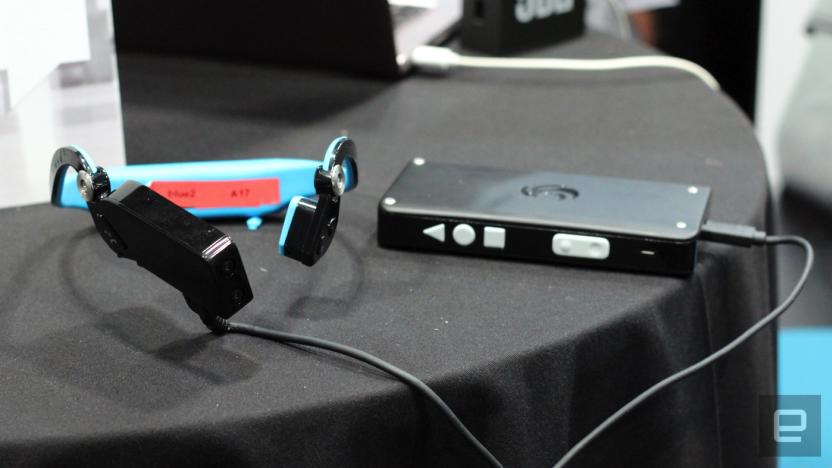
Computer vision may help the blind see the world
The world is getting better at combining machine learning and computer vision, but it's not just cars and drones that benefit from that. For instance, the same technology could be used to dramatically improve the lives of people with visual impairments, enabling them to be more independent. One of the startups looking to do just that is Eyra, which is showing off a wearable called Horus that could help the blind "see."

FCC program that gives tech to deaf, blind Americans is permanent
The FCC's iCanConnect program, which provides communication equipment to low-income deaf and blind Americans, is now permanent after four years in pilot form. Known formally as the National Deaf-Blind Equipment Distribution Program, it offers $10 million a year to local providers of communication technology aimed at helping deaf and blind folks connect with family and friends, and live more independently.
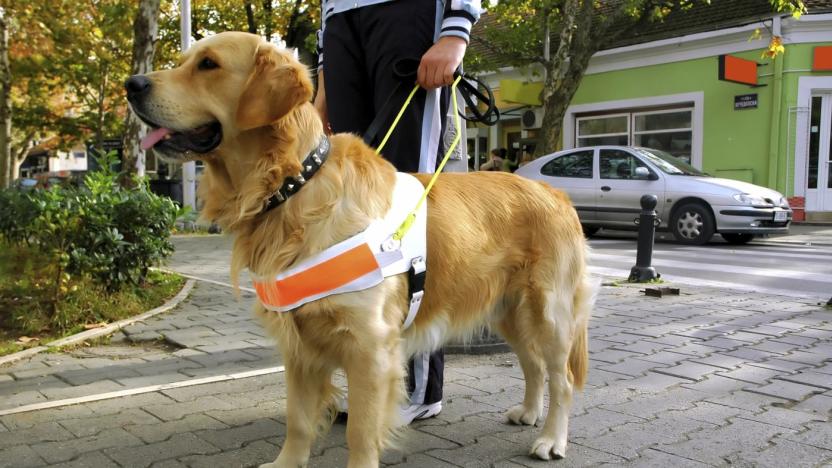
Uber settlement protects travel with your guide dog
Uber has made some effort to accommodate passengers with special needs, but it certainly hasn't been perfect: in 2014, the National Federation of the Blind's California branch sued Uber for denying rides to poor-sighted passengers with guide dogs and other service animals. However, it might soon make amends. The ridesharing company has proposed a settlement in that lawsuit that would protect your ability to take service animals with you on trips. Drivers would get in-app pop-ups and emails reminding them of their duty to carry your companion, and there would be a formal policy that bans drivers if they're caught rejecting passengers with animal helpers.

Toyota's wearable for the blind sees the world through cameras
Scientists are slowly making headway in the treatment of visual impairments, but in the meantime, technology promises to help the blind and partially sighted gain greater independence. Joining the ranks of Microsoft and many others, Toyota has revealed that it, too, is working on a device to give blind folks a better understanding of the world around them. As part of Toyota's "Project BLAID," the company is developing a shoulder-worn wearable with cameras that can detect stairs, doors, restroom signs and other common features of indoor spaces.

Algae DNA could help the blind see in upcoming trials
Optogenetics is one of the greatest achievements in gene splicing over the last decade, as it has helped researchers see how the brain works in animals by making neurons react to light. For the first time, however, the technique will be tried on a human subjects to help legally blind folks see for the first time. Using research developed by Wayne State University scientist Zhuo-Hua Pan, a company called RestroSense will inject a virus doped with light-sensitive algae DNA directly into a patient's eyes. So far, the only successful attempts at restoring vision in humans has come using the Argus II implant.

Morphing Braille tablets offer graphics to the blind
You can use voice dictation and feedback to navigate a phone or tablet if you're blind, but that doesn't really answer all your needs. What if you need to read charts or other graphics? The University of Michigan has an answer. It's developing a Braille display that uses microfluidic bubbles (filled with air or liquid) to produce the format's signature bumps on demand. Unlike existing Braille displays that rely on motors, this doesn't use up much space -- the school envisions mobile tablets that pop up dots whenever (and importantly, wherever) you need them.
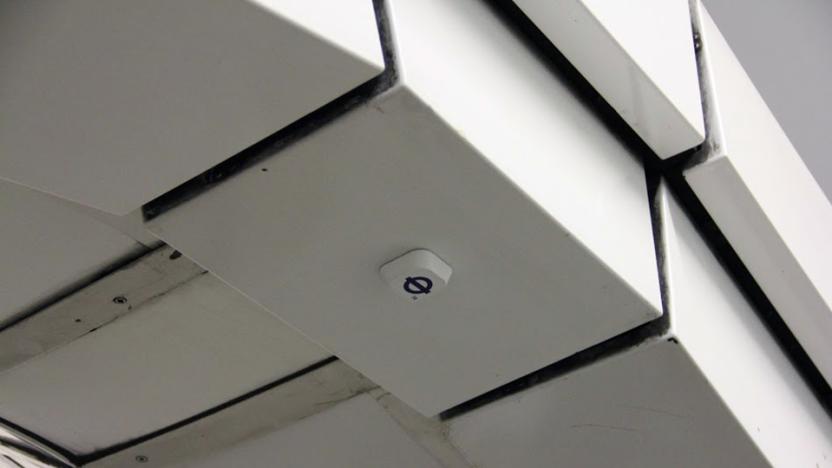
Wayfindr gets Google grant to solve navigation for the blind
Wayfindr, the vision-impaired navigation solution originally conceived by multidisciplinary design studio Ustwo, is a step closer to becoming reality. After a pair of small-scale trials, the audio-based system is headed to London's busy Euston station, which averages around 3.4 million visits per month. The pilot scheme uses Bluetooth beacons paired with regular smartphones to guide visually-impaired travellers around Euston's complex web of interconnecting tunnels. But as exciting as the trial is for those involved, it's a tiny fraction of what Wayfindr wants to achieve.

Comcast starts describing live video entertainment to the blind
Sadly, the blind and others with visual impairments tend to lose some of the impact of live TV, especially entertainment. They'll get the dialogue, but they'll frequently miss the sight-based cues. Comcast thinks it can help, though. When a live performance of the musical The Wiz Live airs on NBC on December 3rd, the cable giant will include a video description track -- the first in the US for live entertainment, in fact. Those who tune in to the Wizard of Oz recreation will know when a character walks on to the stage, frowns or otherwise does something important that microphones won't pick up. While this kind of description isn't par for the course at the moment, the production is a good first step toward making it ubiquitous in the broadcasting world.

Microsoft updates navigation headset for the blind
In 2011, Microsoft UK teamed up with charity Guide Dogs to create 'Cities Unlocked,' an organization that worked to create a headset designed to help the visually impaired. That device came last year, but now it's received some major hardware and software upgrades. Although the original simply used bone conduction to send audio clicks and cues to guide the user around, the latest iteration is less of a practical tool and more of an information-rich service. It uses something called "3D soundscape technology," which is kind of like a GPS that describes everything that's around them, from local cafés to alerts telling them when a bus or train is approaching the stop.

Headband detects obstacles and guides the blind haptically
Until scientists perfect bionic vision, shouldn't there be a better way for the blind to get around than a simple cane? That's the idea behind Sentiri, a proximity-sensing headband that helps steer users around by motor-driven haptic feedback. It detects objects in the environment using infrared depth sensors, then varies the level of vibrations to the user's head to help them avoid obstacles. If it's connected to a smartphone with an app like Google Maps, the tool can also safely guide you from point 'A' to point 'B.' The company behind it, Chaotic Moon, also created a "haptic language" that transmits extra information to users by changing the frequency, intensity and number of vibrations.














